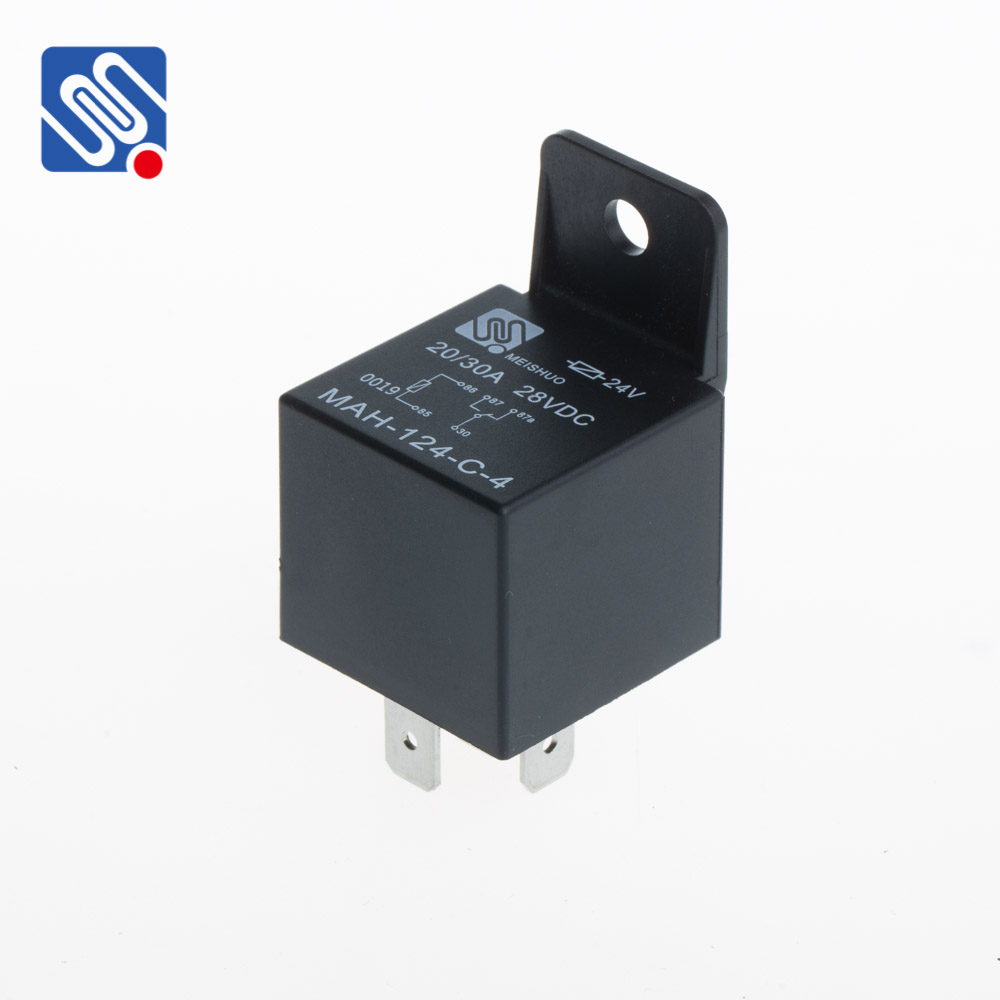relay operation guide: a comprehensive overview
Release time:2025-07-23 06:20:28
Relays are essential components in modern electrical systems, functioning as automated switches that control circuits with a low-power signal. Their ability to isolate different sections of a circuit while controlling high-power loads has made them indispensable in a variety of applications, including automotive, industrial, and residential systems. This Relay Operation Guide will provide a detailed understanding of how relays work, how to install them, and how to troubleshoot common issues.

What is a Relay?
A relay is an electromechanical device that uses an electromagnet to open or close a set of contacts. When an electrical current flows through the coil of the relay, it creates a magnetic field that either pulls or pushes a set of contacts into position. This mechanism allows a small current to control the switching of a much larger current. Relays are available in various types, such as electromagnetic, solid-state, and reed relays, each offering specific advantages based on the application.
Relay Components
Coil: The coil is the electromagnet that, when energized, creates a magnetic field to move the relay's contacts.

